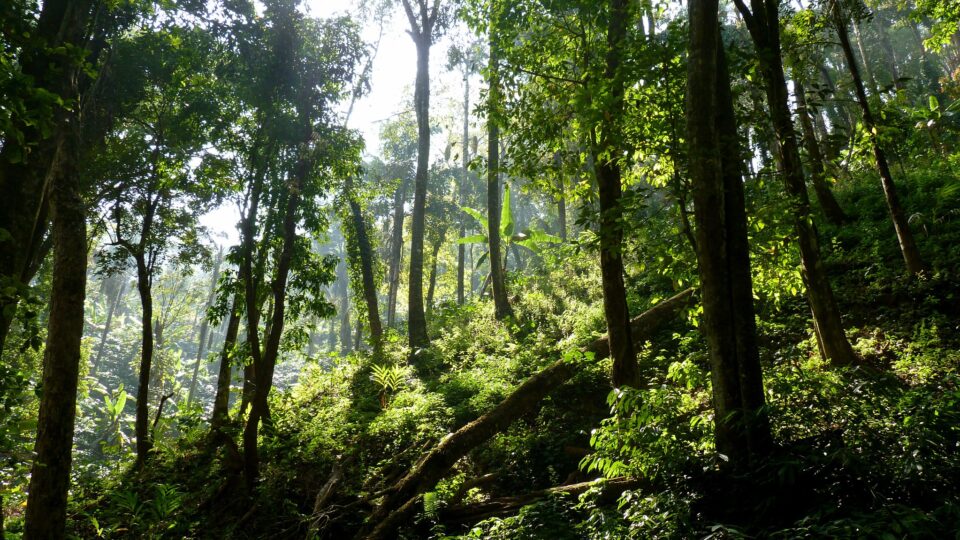India is one of the most biodiverse countries in the world. An estimated 47,000 plant species and 89,000 animal species can be found in India, with more than 10% of each thought to be on the list of threatened species.
India is also one of the 10 most forest-rich countries in the world. Trees cover approximately 25% of the nation. But this is still a significant decline from years past. In fact, between the 1890s and 1990s, a combination of rapid development and resource overexploitation caused India to lose nearly 80% of its native forest area. Today, as India’s forests continue to disappear, researchers are trying to help preserve what forest remains.
Using satellite-monitoring data, researchers from The Ohio State University have developed a deep learning algorithm that could provide real-time land use and land cover maps for parts of India.
The land use monitoring system was trained using satellite data from Norway’s International Climate and Forests Initiative. By combining this data with a global land cover map produced by Tsinghua University in China, the researcher team’s deep learning model was able to acquire a more detailed type of base map of the area. Using their model, the researchers were able to process 10 monthly maps. Their research was recently presented at the annual meeting of the American Geophysical Union.
Using these maps, the researchers were able to detect seasonal shifts across india. These include changes to barren land, how crop land was affected by monsoons, and the distribution of forests in mountainous regions.
Understanding the impact of these seasonal changes will help scientists better predict the effects of climate change on forests.
**********
Web Links
Using deep learning to monitor India’s disappearing forest cover
Photo, posted January 20, 2013, courtesy of Frontier Official via Flickr.
Earth Wise is a production of WAMC Northeast Public Radio
